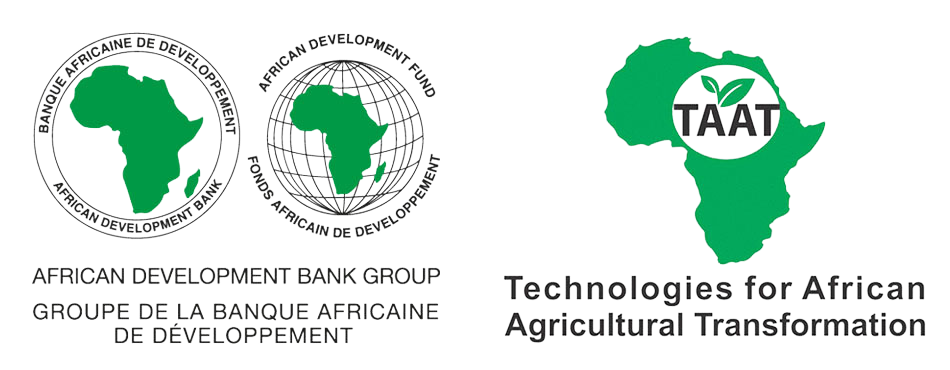

Boosting Aquaculture with Resilient, Fast-Growing Catfish Hybrids
Fast Growing and Hybrid African Catfish" is developed to enhance freshwater farming in Sub-Saharan Africa. This technology involves the selective breeding and hybridization of two catfish species to create a superior hybrid offspring (Hetero-Clarias). The process of hybridization requires hormone-induced egg release in female catfish and the collection of seminal fluids from male catfish, subsequently combined to produce the hybrid.
This technology is TAAT1 validated.
Adults 18 and over: Positive high
The poor: Positive medium
Under 18: No impact
Women: Positive high
Climate adaptability: Highly adaptable
Farmer climate change readiness: Significant improvement
Biodiversity: No impact on biodiversity
Carbon footprint: Same amount of carbon released
Environmental health: Moderately improves environmental health
Soil quality: Does not affect soil health and fertility
Water use: Same amount of water used
The fast-growing and hybrid African Catfish technology offers numerous benefits, particularly in food security enhancement, and climate resilience. By integrating this technology into your project, you can take advantage of its potential to positively impact farming communities and mitigate the effects of climate change.
To integrate this technology into your project, consider the following activities and prerequisites:
Estimate the quantity of fingerlings needed for your project, considering a technology cost ranging from USD 0.025 to 0.09 per gram. Additionally, since the technology is accessible in various countries such as Benin, Cameroon, Democratic Republic of the Congo, Ivory Coast, Kenya, Malawi, Nigeria, Tanzania, Uganda, Zambia, include delivery costs to the project site and account for import clearance and duties if applicable.
Consider engaging a team of trainers to provide comprehensive training and support during project installation, including costs for training and post-training assistance.
Develop communication materials such as flyers, videos, and radio broadcasts to promote the benefits of fast-growing and hybrid African Catfish farming.
For better optimization of the technology, consider associating it with Pond Liners to Save Water and Ease Maintenance Hapa Nets for Mass Fingerling Hatchery Production technologies
You need to collaborate with agricultural development institutes and hatcheries to implement the technology effectively in your country.
Feed inputs for 8600—10000 Catfish fingerlings
Open source / open access
Scaling Readiness describes how complete a technology’s development is and its ability to be scaled. It produces a score that measures a technology’s readiness along two axes: the level of maturity of the idea itself, and the level to which the technology has been used so far.
Each axis goes from 0 to 9 where 9 is the “ready-to-scale” status. For each technology profile in the e-catalogs we have documented the scaling readiness status from evidence given by the technology providers. The e-catalogs only showcase technologies for which the scaling readiness score is at least 8 for maturity of the idea and 7 for the level of use.
The graph below represents visually the scaling readiness status for this technology, you can see the label of each level by hovering your mouse cursor on the number.
Read more about scaling readiness ›
Semi-controlled environment: prototype
Common use by projects NOT connected to technology provider
| Maturity of the idea | Level of use | |||||||||
| 9 | ||||||||||
| 8 | ||||||||||
| 7 | ||||||||||
| 6 | ||||||||||
| 5 | ||||||||||
| 4 | ||||||||||
| 3 | ||||||||||
| 2 | ||||||||||
| 1 | ||||||||||
| 1 | 2 | 3 | 4 | 5 | 6 | 7 | 8 | 9 | ||
| Country | Testing ongoing | Tested | Adopted |
|---|---|---|---|
| Benin | –No ongoing testing | Tested | Adopted |
| Cameroon | –No ongoing testing | Tested | Adopted |
| Côte d’Ivoire | –No ongoing testing | Tested | Adopted |
| Democratic Republic of the Congo | –No ongoing testing | Tested | Adopted |
| Kenya | –No ongoing testing | Tested | Adopted |
| Malawi | –No ongoing testing | Tested | Adopted |
| Nigeria | –No ongoing testing | Tested | Adopted |
| Tanzania | –No ongoing testing | Tested | Adopted |
| Uganda | –No ongoing testing | Tested | Adopted |
| Zambia | –No ongoing testing | Tested | Adopted |
This technology can be used in the colored agro-ecological zones. Any zones shown in white are not suitable for this technology.
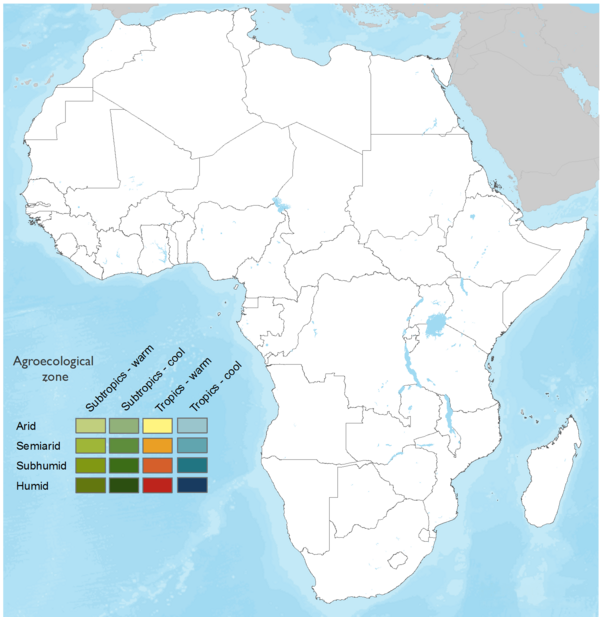
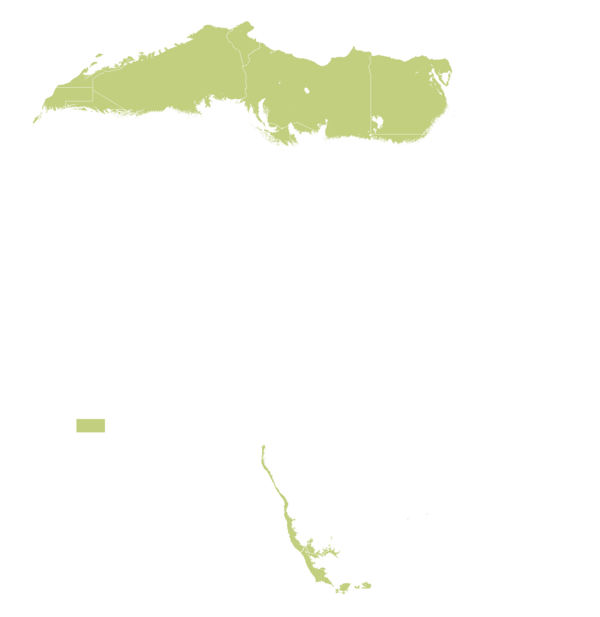

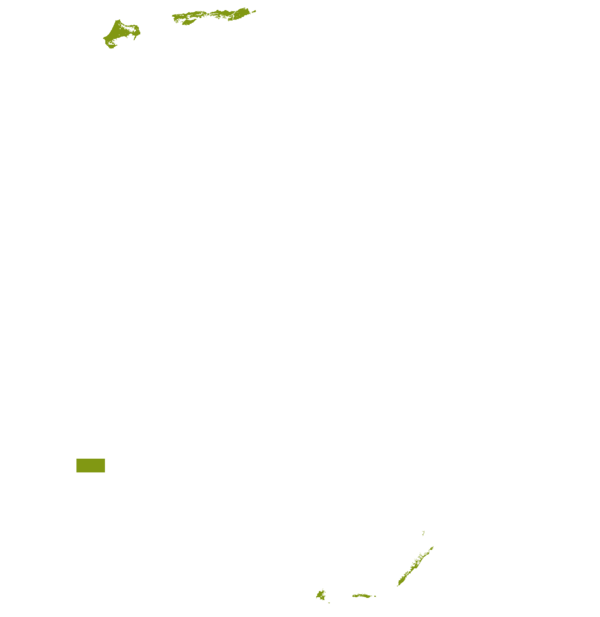


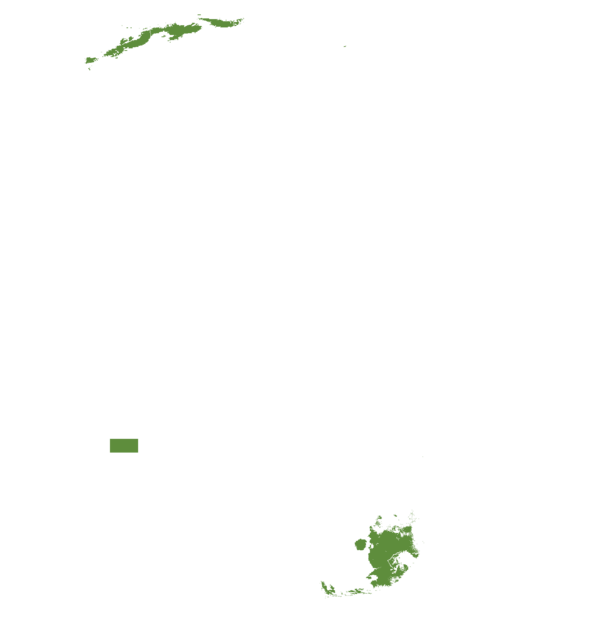
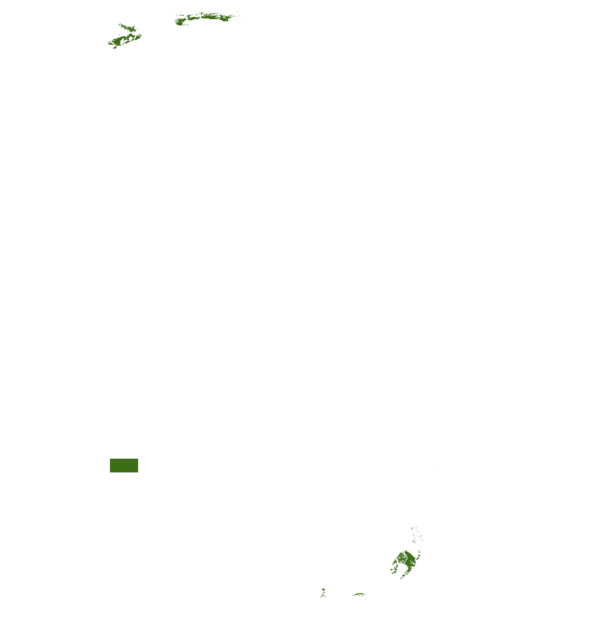

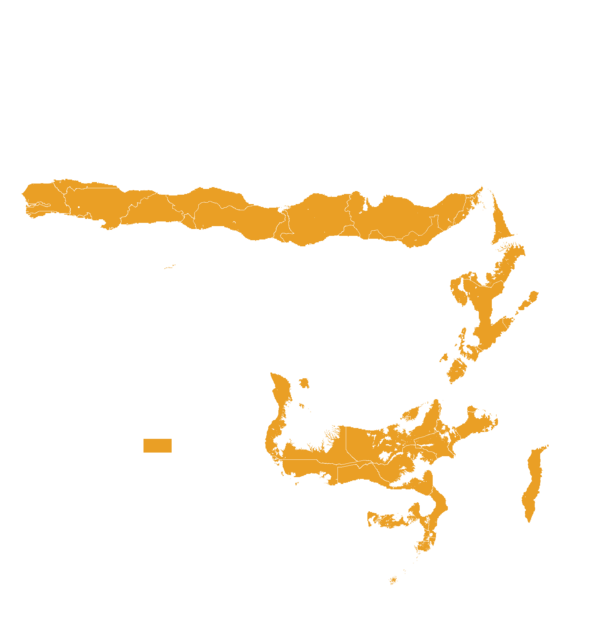
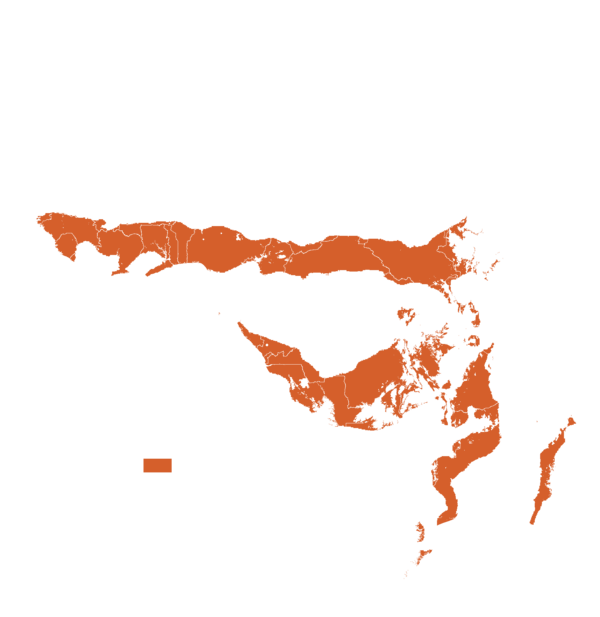

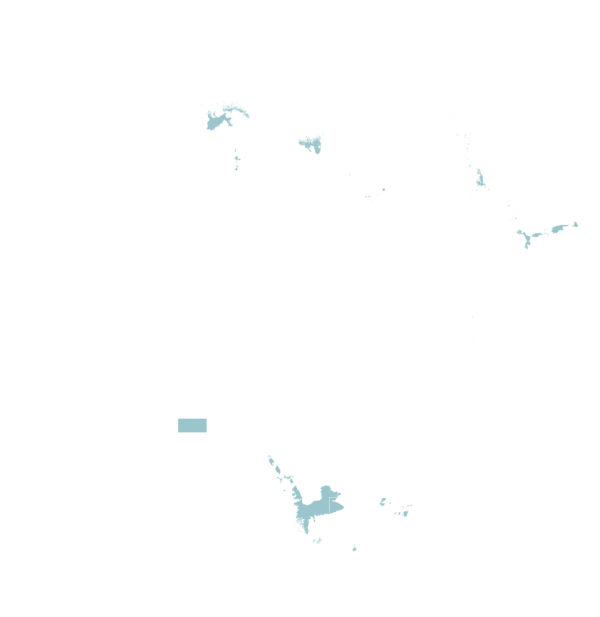

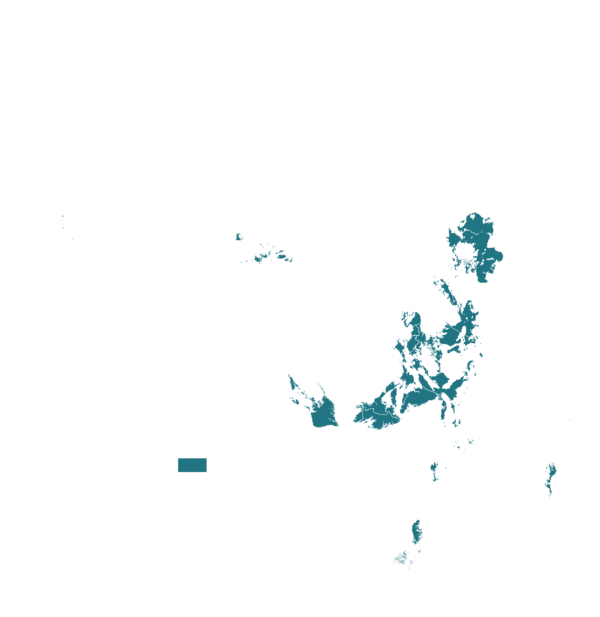
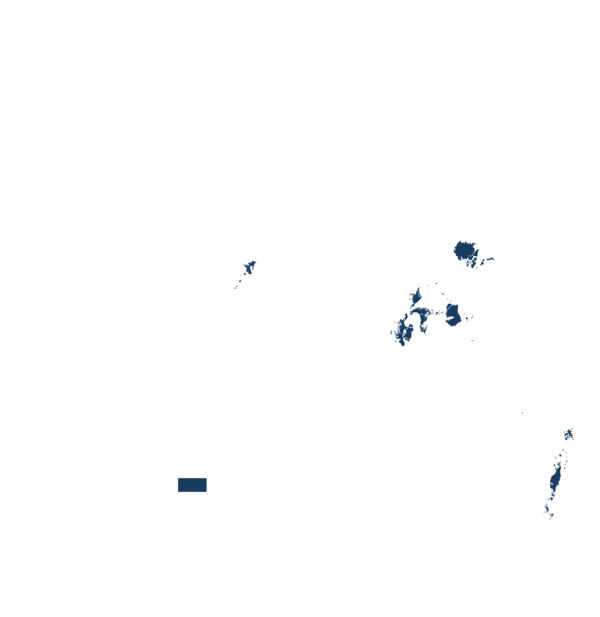
| AEZ | Subtropic - warm | Subtropic - cool | Tropic - warm | Tropic - cool |
|---|---|---|---|---|
| Arid | ||||
| Semiarid | ||||
| Subhumid | ||||
| Humid |
Source: HarvestChoice/IFPRI 2009
The United Nations Sustainable Development Goals that are applicable to this technology.

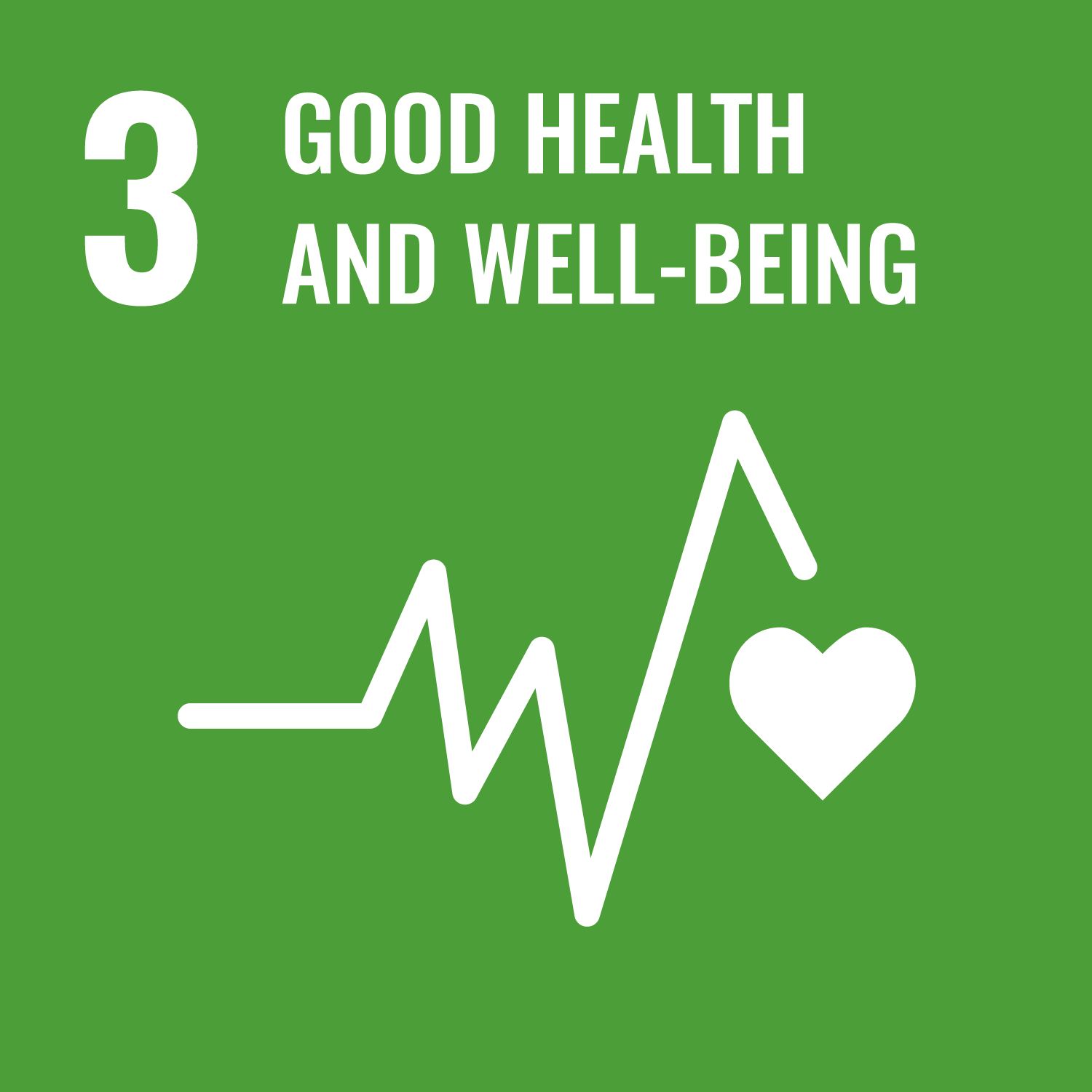
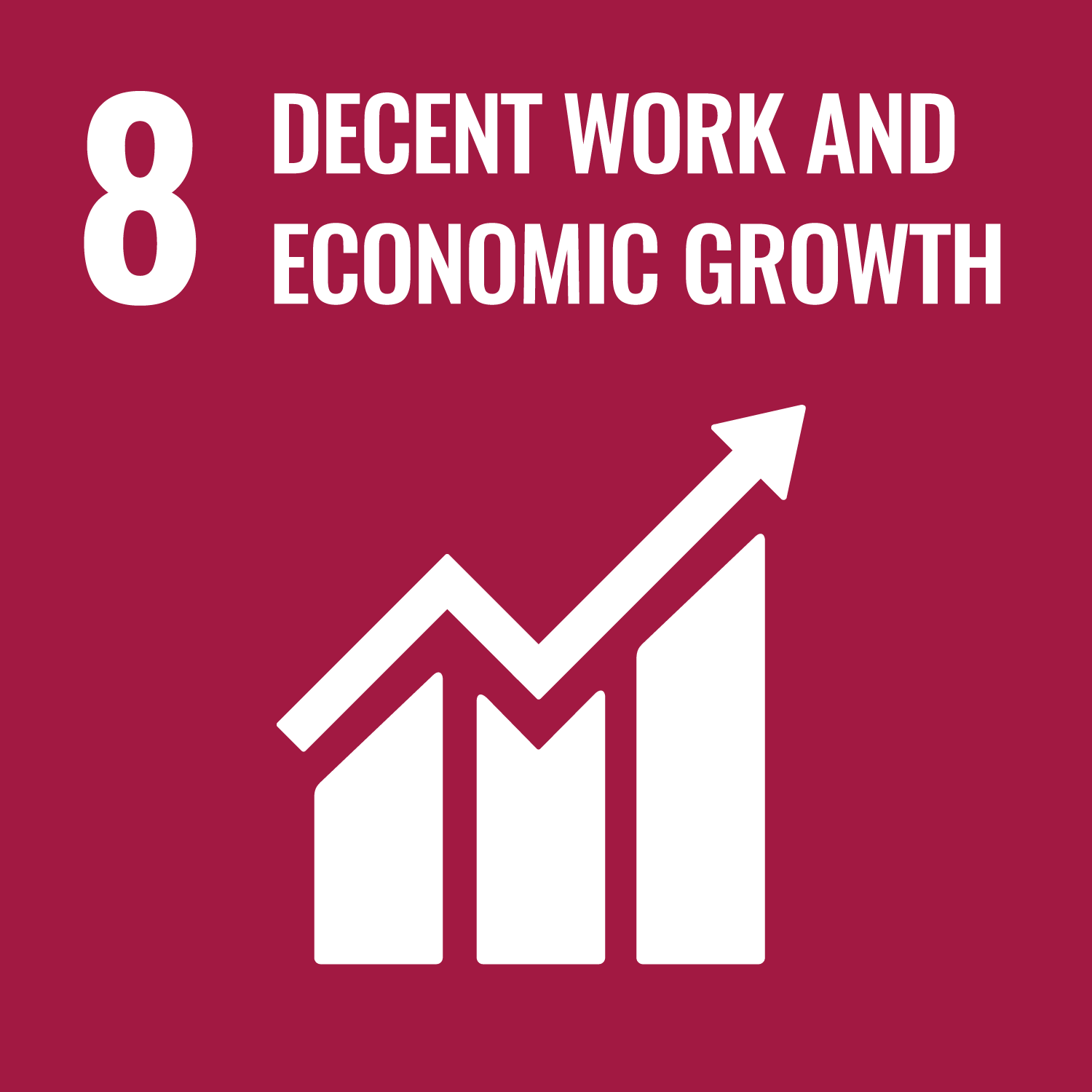
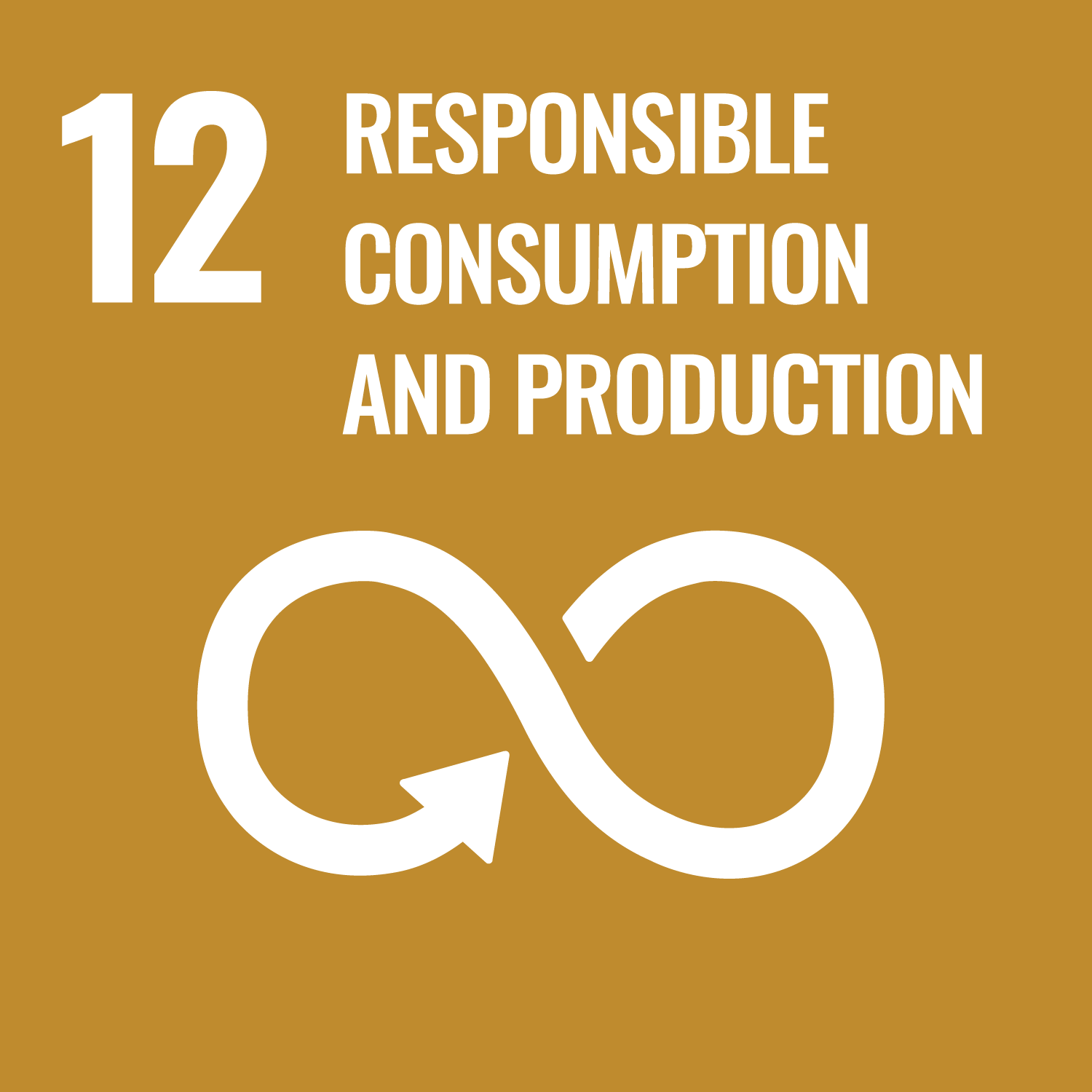
Last updated on 31 October 2025